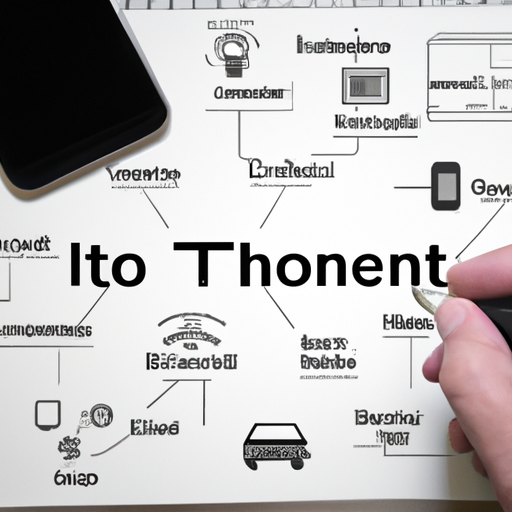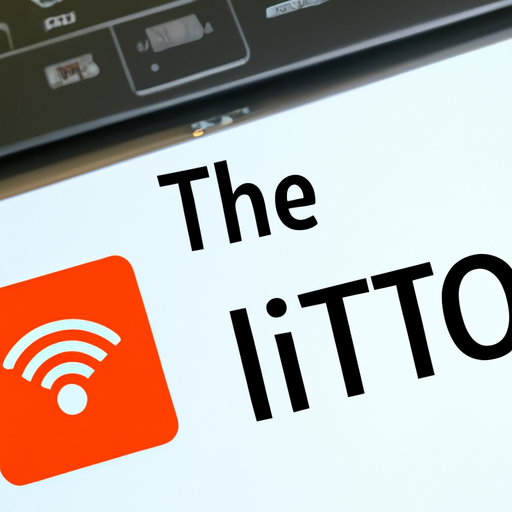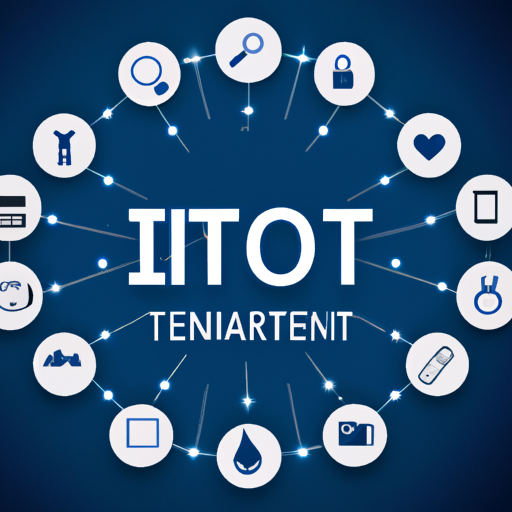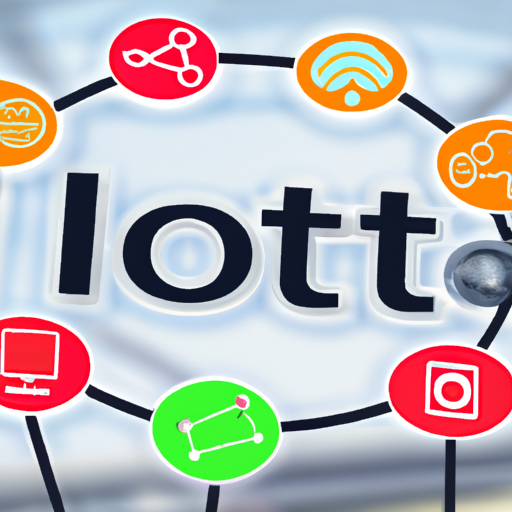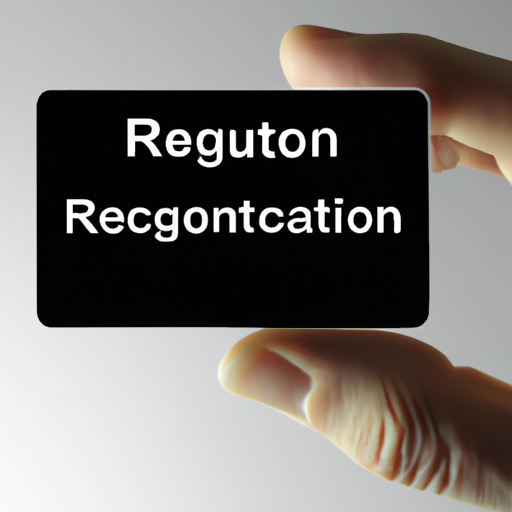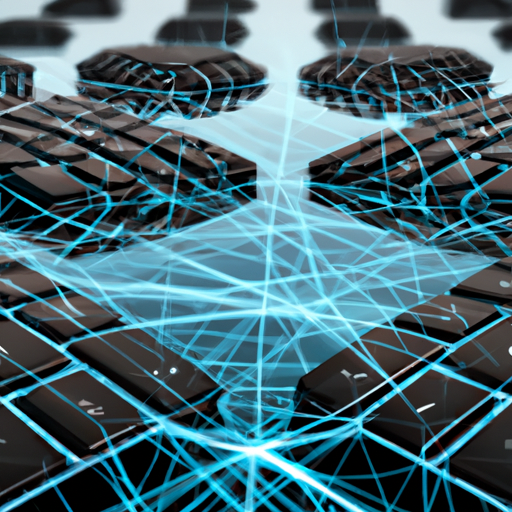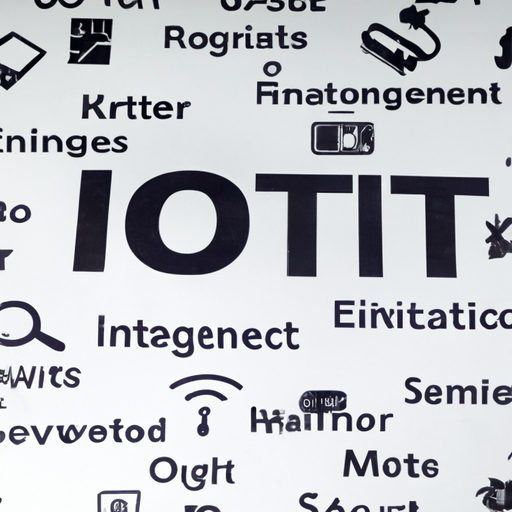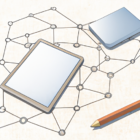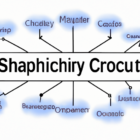The Internet of Things (IoT) has emerged as one of the most revolutionary technological trends of our time. By connecting everyday objects to the internet, IoT enhances our ability to monitor, analyze, and optimize processes across various sectors. This blog post will delve into the impact of IoT on our lives and industries.
What is the Internet of Things (IoT)?
IoT refers to the network of devices that are connected to the internet, allowing them to communicate and exchange data. These devices, ranging from household appliances to industrial machinery, have sensors that collect and send data. IoT not only connects these devices but also enables automation and data analysis, leading to smarter living and enhanced efficiency.
How IoT is Transforming Industries
1. Healthcare
In healthcare, IoT devices are used for remote patient monitoring, tracking vital signs and sending alerts to medical professionals in case of abnormalities. Smart health devices allow patients to manage their health better, leading to improved outcomes.
2. Manufacturing
IoT in manufacturing, often termed Industry 4.0, leverages smart sensors and connected machines to improve operational efficiency. Predictive maintenance is enabled through real-time monitoring of equipment, reducing downtime and maintenance costs.
3. Smart Homes
Smart home technology is one of the most visible applications of IoT. Smart thermostats, lighting systems, and security devices allow homeowners to efficiently manage their energy consumption and enhance security, all controllable from a smartphone.
The Future of IoT
As technology continues to advance, the potential of IoT is limitless. Future developments may include more sophisticated automation, improved data analytics, and enhanced capabilities for smart devices. Furthermore, with the rollout of 5G networks, IoT devices will become even more interconnected, leading to faster and more reliable connections.
Challenges Ahead
Despite its vast potential, IoT also faces challenges, including security vulnerabilities and data privacy concerns. Ensuring that IoT devices are secure and that user data is protected is paramount as adoption grows.
Conclusion
The Internet of Things is not just a trend; it is reshaping our lives and industries. As we embrace IoT technology, we must navigate its challenges thoughtfully to harness its full potential. The future is certainly bright for IoT, making it an exciting area to watch in the coming years.

